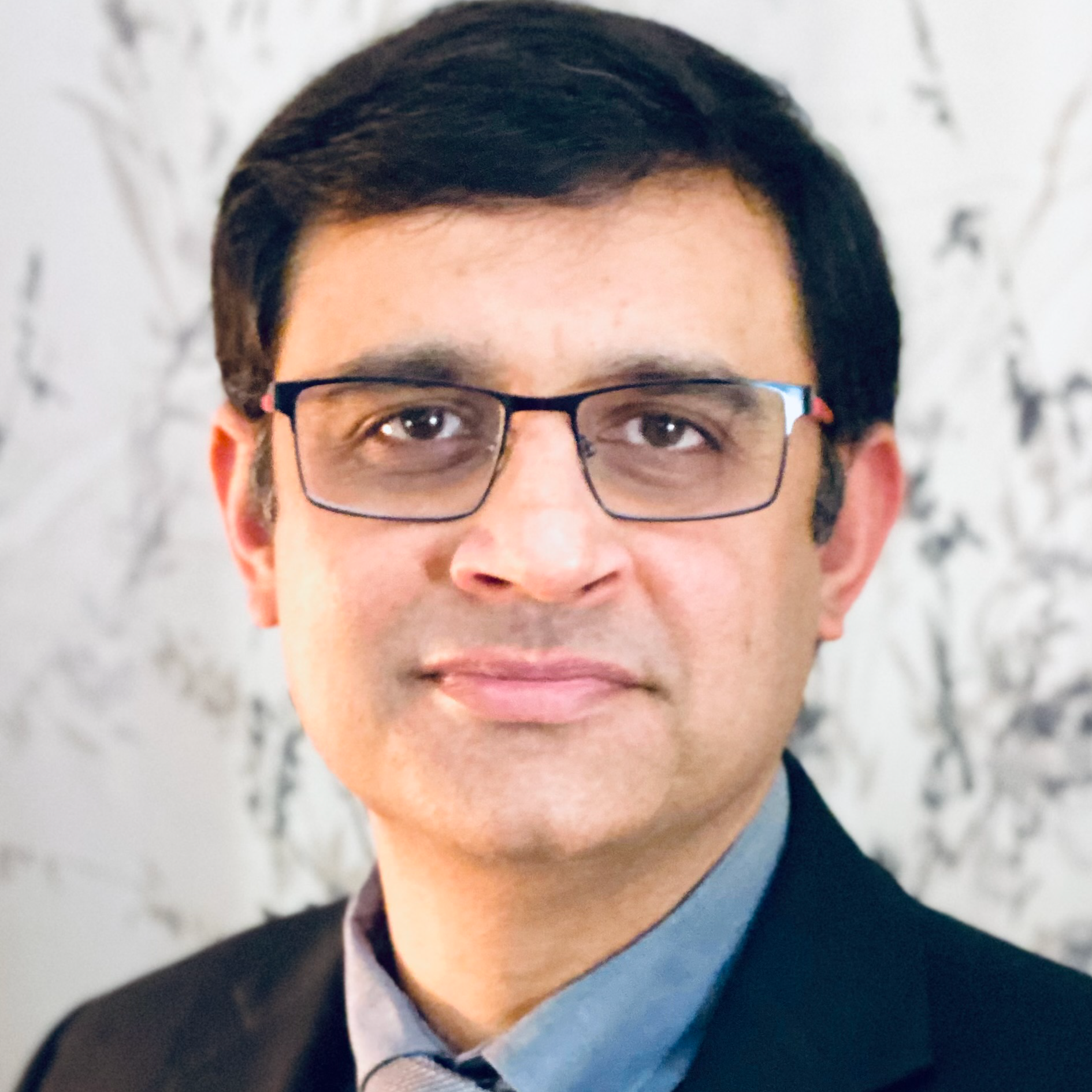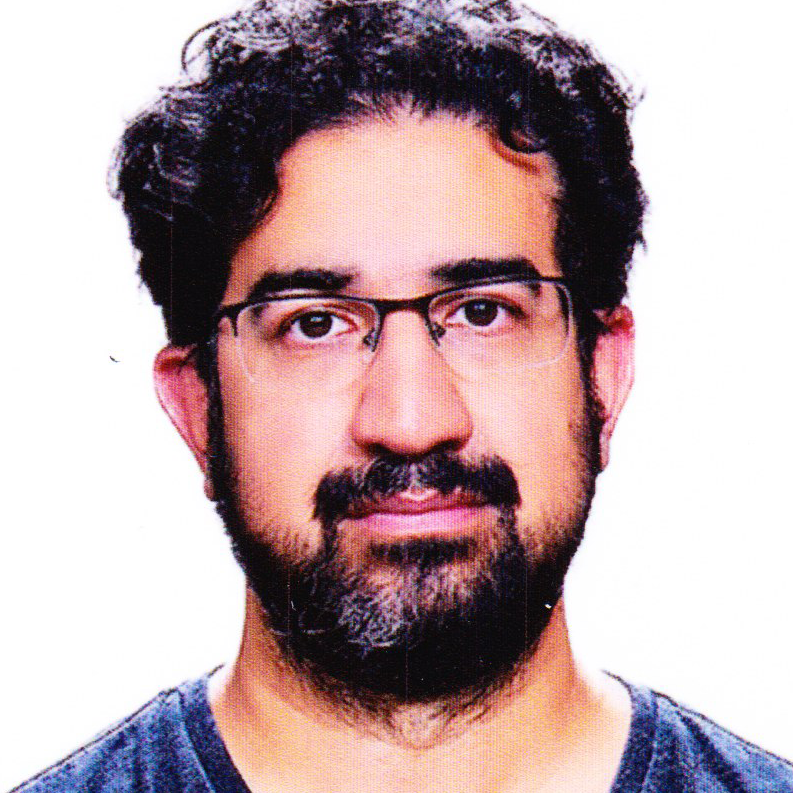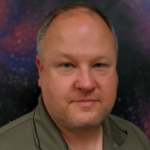 Chris Stott
Chris Stott
Chris Stott serves as the Executive Chairman of ManSat. Chris cofounded ManSat in 1998 with his father, Bryan, and over the following 20 years grew the company as its President and CEO to become the largest commercial provider of satellite spectrum in the global space industry. Chris also serves as the Chair of IceSat, ManSat’s subsidiary company in Iceland.
In 2000 Chris left his position as Director of International Commercialization and Sales with Lockheed Martin Space Operations to become ManSat’s President. Prior to his work with Lockheed Martin, Chris was an executive with the McDonnell Douglas and the Boeing Company working in International Business Development on the Delta Launch Vehicle program.
 Robert Hauge
Robert Hauge
Robert Hauge is president of SpaceLogistics, a Northrop Grumman company. In this role, Hauge leads the development of current and next-generation on-orbit satellite servicing products for government and commercial customers.
Prior to this appointment, Hauge served as strategy director for Space Mobility and Logistics for Northrop Grumman Space Systems.
Previous to joining Northrop Grumman, Hauge served for nearly thirty years in various roles across the department of defense and intelligence community including as a senior intelligence service officer, ground station commander, program manager with the Defense Advanced Research Projects Agency and as an Air Force officer.
Hauge earned the gold, silver and bronze medals, the director’s circle, and innovator of the year award during his tenure with the National Reconnaissance Office, as well as the medal for exceptional public service from the Office of the Secretary of Defense. Hauge is also a graduate of the Walt Disney World College Program where he worked as a custodial host in the Magic Kingdom.
Hauge holds a bachelor’s degree in electrical engineering from the University of Massachusetts and a master’s degree in electrical engineering from the University of Michigan.
SpaceLogistics, a Northrop Grumman company, is the global leader in the development and deployment of on-orbit satellite servicing systems and the first and only company performing on-orbit servicing for commercial satellites in geosynchronous orbit. Our planned series of vehicles will extend service life, provide enhanced capabilities and enable future missions for a variety of customers.
 Dr. Rudranarayan (Rudra) Mukherjee
Dr. Rudranarayan (Rudra) Mukherjee
Dr. Rudranarayan (Rudra) Mukherjee is the NASA Jet Propulsion Laboratory’s Lead for In Space Servicing, Assembly, and Manufacturing (ISAM). He is also the founder of the Space SMART Think Tank. For more than a decade, he has been Principal Investigator for various robotics research and technology projects for NASA, NOAA, DARPA, and other DoD and civil entities. His leadership experience includes NASA’s Strategic Capability Leadership Team for Rendezvous and Capture, Topic Area Manager for Strategic Technology Transfer and Research grants, roles in JPL’s Office of Strategic Planning and JPL’s Chief Technologist’s Office for Astrophysics, and ASME Technical Committee on Multibody Systems and Nonlinear Dynamics. He holds a PhD in mechanical engineering and is author of more than fifty peer reviewed articles. When he is not advancing space technology, you can find him seeking inspiration from uncommon beauty in common places.
 Atif Qureshi
Atif Qureshi
Atif Qureshi is a Director of New Business Capture for Robotics and Space Operations at MDA. In this role, he seeks opportunities to apply advanced robotics technology to provide mission solutions for the space economy. Prior to this, he played a similar role at Maxar where he created a number of technology development projects in collaboration with NASA and the DoD as well as supported the development of the DARPA RSGS in-space servicing mission and the NASA SPIDER in-space assembly payload. Before that, he spent many years as an engineer at NASA.
At Goddard Space Flight Center, he worked to develop and test new technologies for in-space servicing and assembly, including the OSAM-1 mission and the various Robotic Refueling Mission (RRM) missions to the ISS. At Johnson Space Center, he was a robotics flight controller, where he planned and executed ISS and Space Shuttle robotic operations, including ISS repair missions, the capture of visiting vehicles like HTV and Dragon, and the Hubble Servicing Mission 4.
 Andrew Rush
Andrew Rush
As an experienced aerospace executive and thought leader, Mr. Rush oversees Redwire’s business portfolio, long-term planning, and strategic investments. Rush’s experience championing space manufacturing technology development and adoption through key public-private partnerships with NASA and DoD agencies—including eight successful spaceflight missions on the International Space Station and implementation of in-space manufacturing and assembly capabilities poised to transform spacecraft design— is positioning Redwire to expand its space infrastructure technology portfolio.
Rush is a member of the NASA Advisory Council and serves as Chairman of its Regulatory and Policy Committee. Rush also serves on the Physics Advisory Group at the University of North Florida.
Previously, Rush served as president and CEO of Made In Space, leading its growth and eventual acquisition by Redwire. Prior to his time at Made In Space, Rush was a partner in a boutique patent law firm.
 Rob Schwarz
Rob Schwarz
Rob Schwarz is Momentus’ Chief Technology Officer and is responsible for the vision and technical direction of the full line of Momentus products He has more than 20 years of experience working in space systems engineering and product development. He thrives on finding innovative solutions to the complex challenges of spaceflight.
Before Momentus, Rob was the CTO of Space Systems Loral and Maxar satellites. There he supported the development, manufacturing, launch, and operations of over a dozen spacecraft before moving into management roles. Rob also served as Executive Director of Systems Engineering at SSL where he was responsible for creating a new Product Management organization and providing leadership to several new product concepts including in-space servicing, software-defined spacecraft, commercial space stations in geosynchronous orbit.